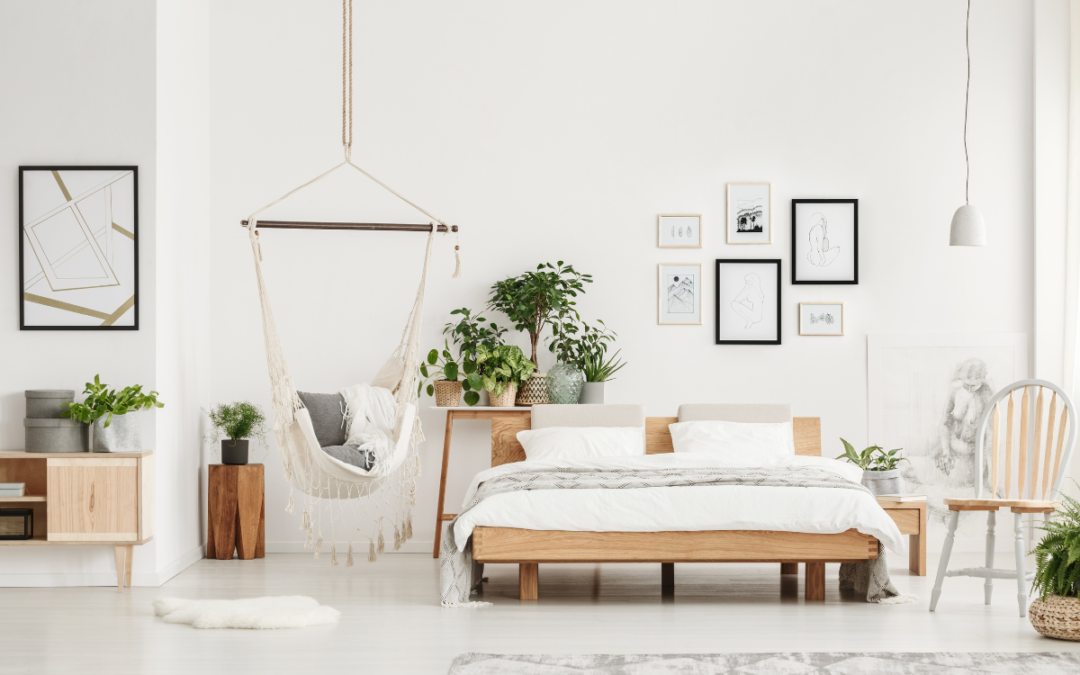Decorating with plants is a great way to add life to your space while enhancing your overall interior design with added visual interest. When it comes to plant decor, the options are virtually endless—and can get overwhelming pretty quickly! Luckily, there are a few simple ways to ensure that your plant design matches your interior design style, is sustainable in the long term, and makes your home more beautiful and liveable. Here are ten things to consider when decorating with plants:
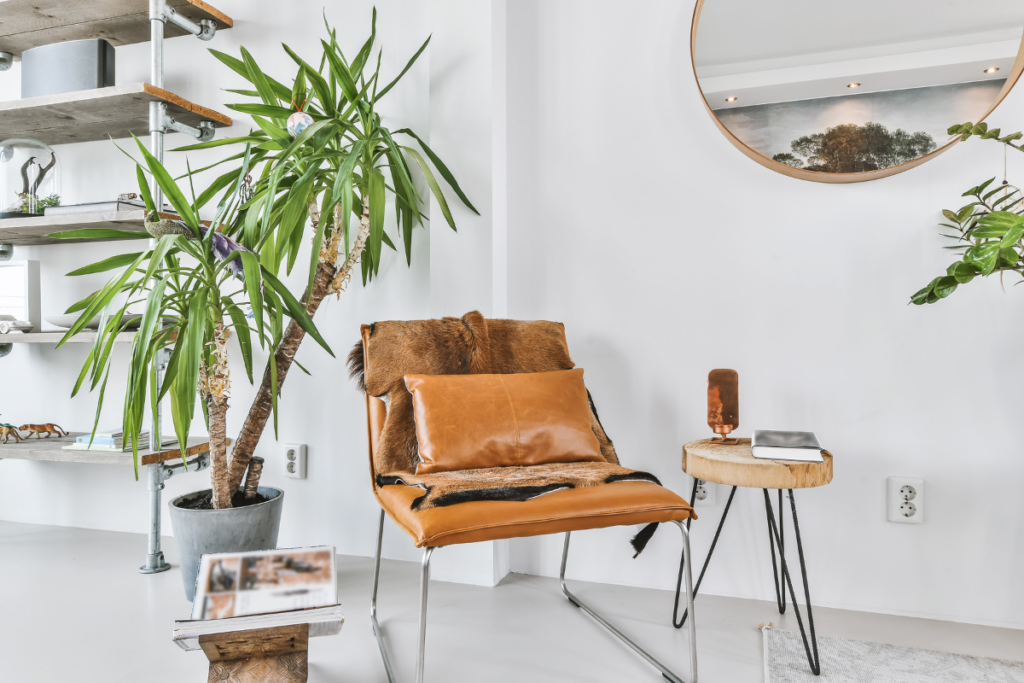
Advice for Home Decorating with Plants
1. Start Slow
There’s nothing sadder than a house full of dead plants! Be sure to do your research and be intentional about the plants you choose (and the places you plan to put them), rather than just grabbing whatever looks nice at the store. Start with a few plants, and get comfortable with giving them the love and care they need before building up your collection.
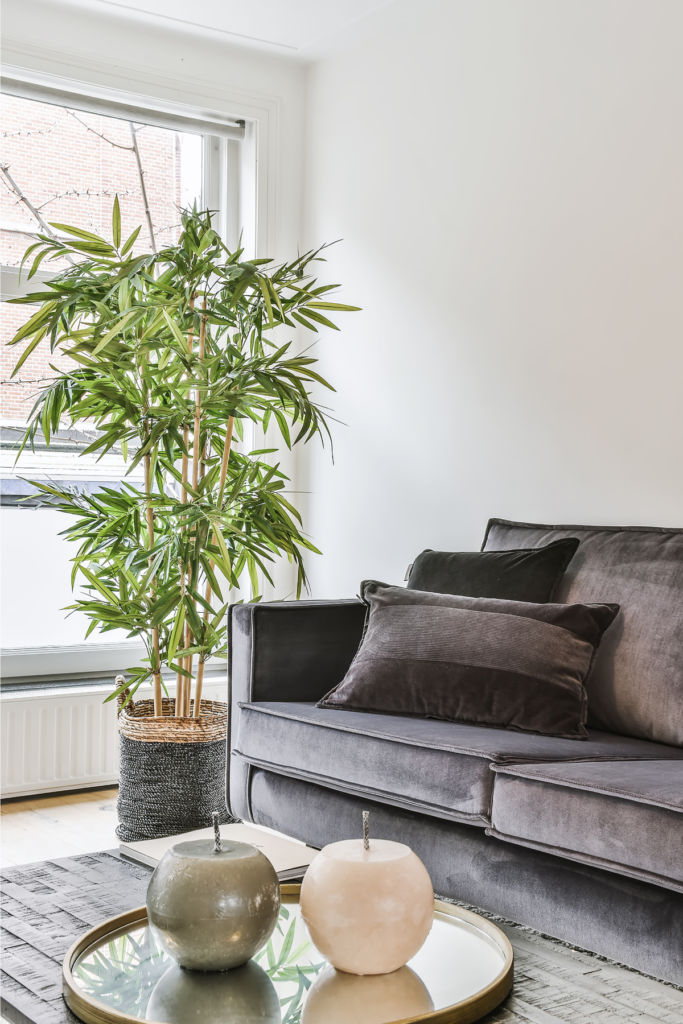
2. Choose Plants That Fit Your Design Style
To sustain a cohesive look, choose plants that accentuate your overall interior design style. If your look is farmhouse chic, try vines, herbs, and succulents in repurposed metal pots. If mid-century modern is more your thing, think tall houseplants (fiddle leaf fig, rubber tree, snake plant) in wood planters. If Bohemian is your vibe, consider bamboo palms, spider plants, or golden pothos in bright pottery and wicker baskets. No matter your style, you can present your plants in a way that enhances the look of your home.
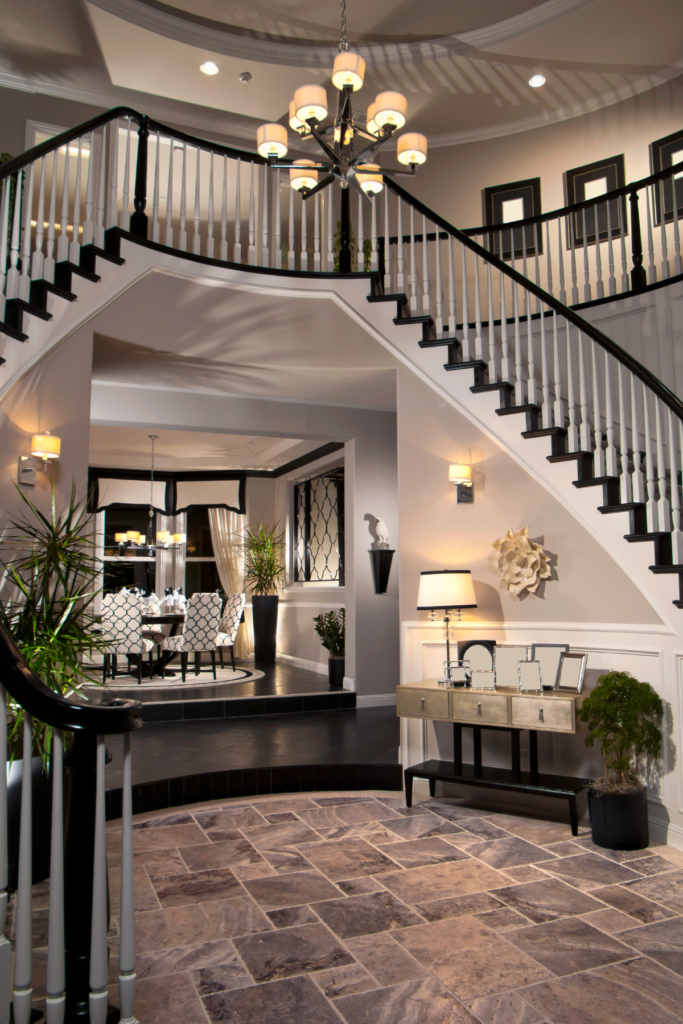
3. Mix Up Your Plant Types
For a visually appealing look, choose to decorate with plants that create contrast with one another—whether that be differences in their size, color, or shape. If you’re worried about maintaining a sense of cohesion, select matching planters or pots to tie everything together.
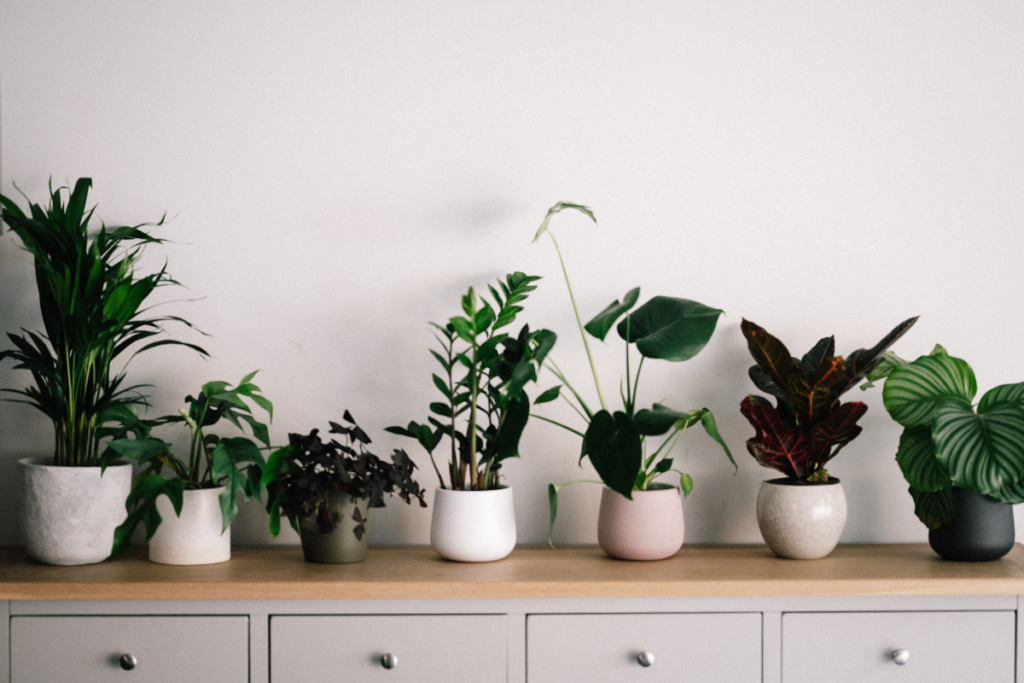
4. Shop Small & Local
In buying from a local garden center, you can ensure you’re getting healthy plants with less potential for plant parasites and disease. Additionally, garden center staff can give specific advice on caring for your plants and help you determine where they’ll thrive in your home.
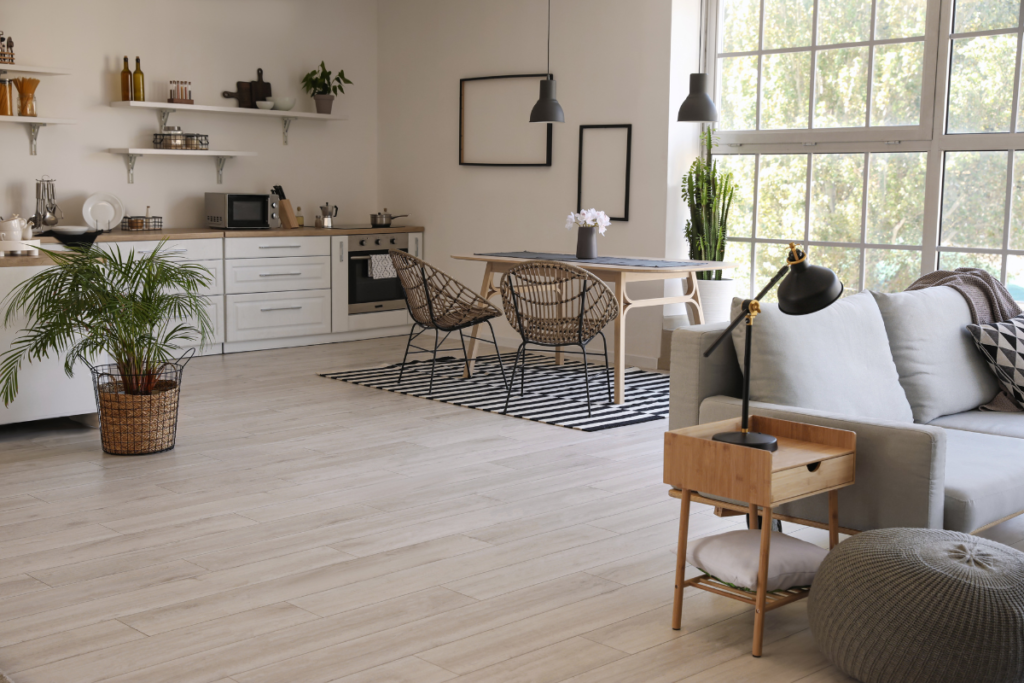
5. Don’t Neglect Your Utilitarian Spaces
Plants aren’t just for living rooms! Try placing plants in unexpected areas of your home. Bathrooms, for example, are great for plants that need high humidity (peace lilies, orchids, ferns, etc). Kitchens, bedrooms, hallways, and even basements can be brightened with a little green—just be sure you’re choosing plants that are compatible with the space’s light.

6. Try It Oversized
An oversized houseplant can be the anchor of a room’s interior design. If you’re nervous about getting something big, try starting with a medium-sized plant that will grow into the space.
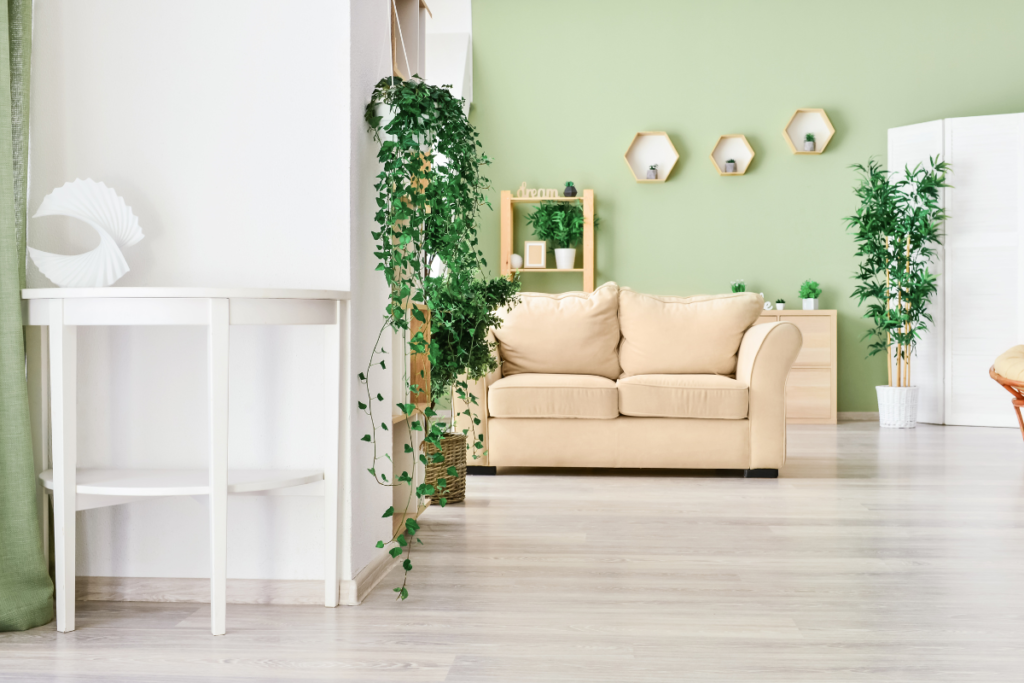
7. Make It Functional
Decorating with plants can extend beyond the realm of aesthetics and into functionality. If you’re trying to create separation within a large space, consider using oversized plants as a divider. Not only are they beautiful, but they can also impart a sense of privacy.
8. Get Creative with Color
Decorating with plants brings up images of greenery, but a number of plants have colorful leaves and flowers that can be coordinated with your interior design, too. For flowers that bring a pop of color to a space, try bromeliads, begonias, or African violets. Or, scout out those with colorful leaves: purple oxalis, Chinese evergreen, and purple passion plants are just a few examples of a surprising number of plants with variegated leaves.
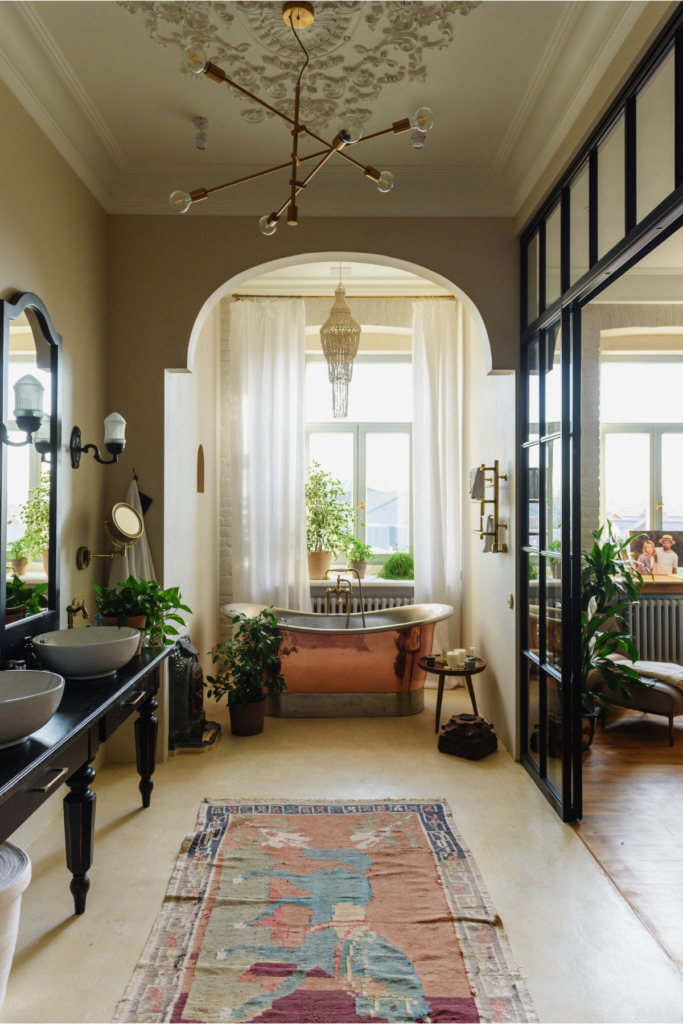
9. Remember Your Vertical Space
If you want to decorate with plants but need to keep surfaces clear, consider hanging plants that will stay out of the way but still breathe calm into the space. You can also integrate plants with shelves or wall mounts. If you choose to decorate with ivy or climbing plants, consider wrapping them around light fixtures or existing furniture for a more natural look.
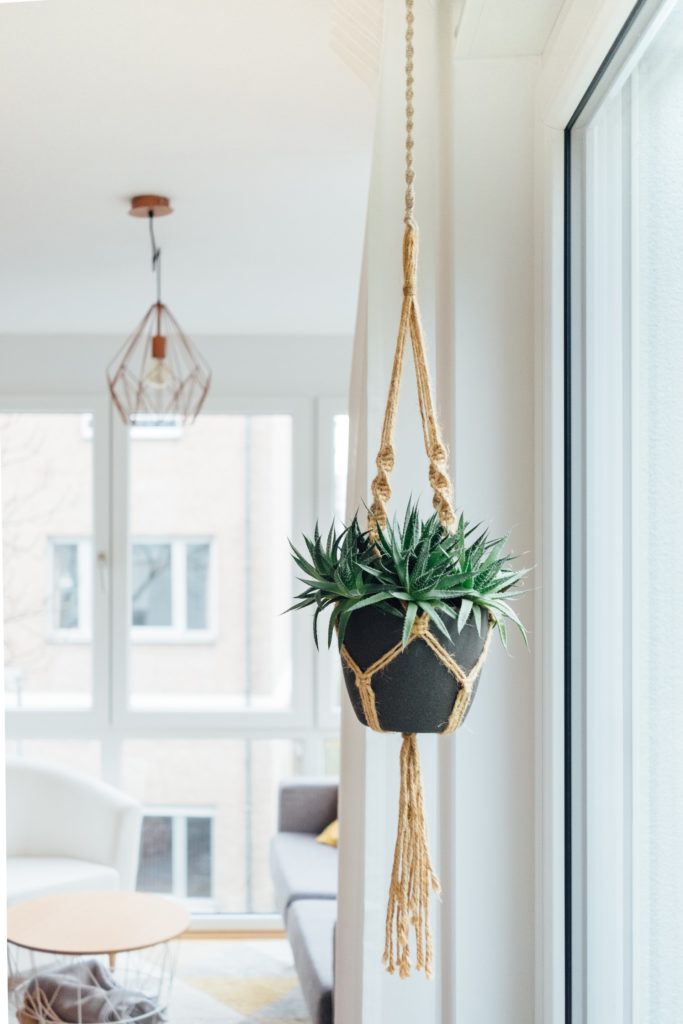
10. Have Fun with Your Planters
Choosing a planter or plant stand might just be the most fun part of decorating with plants. They’re a great way to show off your personality, so don’t be afraid to get creative. Consider fun colors, textures, and shapes to coordinate with the rest of your design. For an unexpected and artsy twist, try using repurposed cookware or sculptures, or even 3D-print your own designs. Just be sure you account for enough drainage!
Let Michael Bergé design a space that reflects your unique style!
Reach out for a consultation today.


